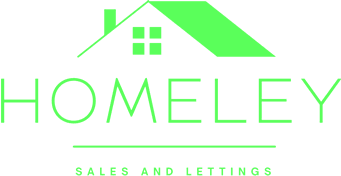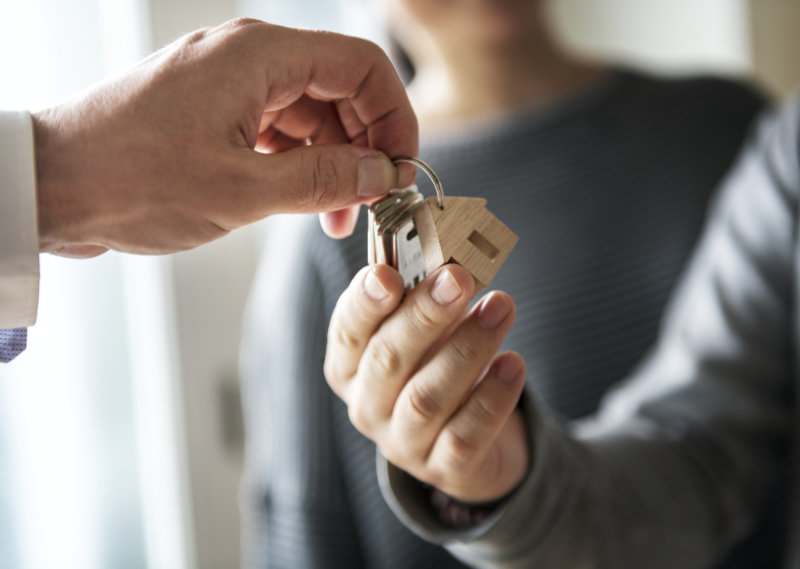The Hidden Costs of Buying a Property in the UK: What to Expect Beyond the Sale Price
Purchasing a property is often considered one of the biggest financial investments in a person’s life, but it’s easy to get caught up in the excitement of owning a property without fully understanding the true cost of the purchase. In the UK, the initial sale price of a house is just the tip of the iceberg. Below the surface lies a wide range of additional costs that can significantly impact your budget. Whether you’re a first-time buyer or experienced in the market, it’s essential to factor in these hidden costs to avoid unexpected financial strain.
Here’s a breakdown of the most common hidden costs of buying a house in the UK:
1. Stamp Duty Land Tax (SDLT)
One of the first hidden costs that many buyers encounter is Stamp Duty Land Tax (SDLT), a tax on property purchases. The amount you pay depends on the price of the property you’re buying. Until 31st of March 2025, the rates are as follows:
Up to £250,000: No tax for first-time buyers. For others, 0% SDLT.
Between £250,001 and £925,000: 5% of the value over £250,000.
Between £925,001 and £1.5 million: 10% of the value over £925,000.
Above £1.5 million: 12% on the value above £1.5 million.
If you’re a first-time buyer, there are exemptions for properties under £425,000.
Thereafter, it’s 5% SDLT on the portion from £425,001 to £625,000.
However, from April 1st 2025, the rates will be as follows:
Up to £125,000: No tax for first-time buyers. For others, 0% SDLT.
Between £125,001 and £250,000: 2% of the value over £125,000.
Between £250,001 and £925,000: 5% of the value over £250,000.
Between £925,001 and £1.5 million: 10% of the value over £925,000.
Above £1.5 million: 12% on the value above £1.5 million.
If you’re a first-time buyer, there are exemptions for properties under £300,000.
Thereafter, it’s 5% SDLT on the portion from £300,001 to £500,000
2. Survey and Valuation Fees
Before finalising the sale, it’s important to carry out a survey to assess the condition of the property. While some mortgage lenders offer a basic valuation service, this usually only ensures that the property is worth the loan amount, not its overall condition.
There are different types of surveys, such as:
- Condition Report: The most basic survey, usually starting from £125–£300.
- HomeBuyer Report: A more in-depth survey, generally costing between £400–£1,500, depending on the property size and complexity.
- Building Survey: The most comprehensive and expensive option, costing £600–£2,000 or more.
It’s wise to opt for a more thorough survey, particularly if the house is old or shows signs of disrepair.
3. Legal and Conveyancing Fees
Buying a property requires legal assistance to handle the conveyancing process (the transfer of legal ownership). You’ll need a solicitor or conveyancer to ensure all documents are correctly processed and to carry out essential checks, such as ensuring there are no legal issues with the property.
The cost of legal services can vary widely, ranging from £800 to £2,000, depending on the complexity of the sale and whether you are purchasing a leasehold or freehold property. Don’t forget to budget for disbursements, such as land registry fees and search fees, which can add a few hundred pounds to the total.
4. Removal Costs
When moving into your new home, you may need professional movers to help transport your belongings. The cost of removal companies can vary, depending on the distance, size of your property, and whether you require additional services like packing. Typically, removal costs range from £300 to £1,000 or more for a full-service move.
5. Home Insurance
Lenders typically require that you have buildings insurance in place before finalising the purchase of your home. This is essential to protect your property from damage caused by fire, flooding, or other risks. The cost of home insurance can vary significantly based on the location and value of your home but expect to pay anywhere from £70 to £500 per year.
Don’t forget to factor in contents insurance as well, which covers your personal belongings inside the home. This on average costs £59 per year.
6. Ongoing Maintenance and Repairs
While not always an immediate out-of-pocket expense, maintaining and repairing your new home should be part of your long-term financial planning. Older properties, in particular, may require more frequent repairs or upgrades. For example, you might need to replace a roof, update plumbing, or renovate outdated bathrooms or kitchens.
Even in newer properties, routine maintenance like servicing your boiler, cleaning the gutters, or refreshing paintwork can add to your expenses. It’s generally advisable to set aside at least 1-2% of the home’s value annually for ongoing maintenance.
7. Mortgage Fees
The cost of taking out a mortgage can include several hidden fees. Some of the common costs associated with mortgages in the UK include:
Arrangement Fees: These can range from £500 to £2,000, depending on the lender and type of mortgage. Some lenders may allow you to add this cost to the loan, but it will still affect your long-term repayments.
Valuation Fees: Some lenders charge for a property valuation, which can range from £150 to £1,000.
Early Repayment Charges: If you decide to pay off your mortgage early or switch to a new deal before the end of the term, you may face a penalty fee.
It’s crucial to shop around for mortgages and understand all associated fees before committing.
8. Utility Set-Up Costs
When moving into a new home, you will need to set up utility services like electricity, gas, water, and broadband. These set-up fees can be higher than expected and may include installation costs or deposits, especially if you’re moving into a new build property.
Don’t forget about the monthly costs for these utilities. They can add up to hundreds of pounds per month depending on the size of the home and the efficiency of the heating system.
9. Council Tax
Council tax is another ongoing cost that homeowners need to be aware of. The amount you pay depends on the value of your property and the local council tax band, which varies across regions. It’s important to check the council tax band of the property you’re considering before committing to a purchase, as this can be a significant monthly expense.
10. Land Registry Fees
After the sale is complete, you will need to register your ownership of the property with the Land Registry. The fee for this process is £20-£500 depending on the property price.
Final Thoughts
While the excitement of buying a home is hard to match, it’s crucial to be prepared for the various hidden costs involved. From stamp duty to maintenance, these expenses can add up quickly, and failing to account for them could leave you in a difficult financial position. By budgeting wisely and planning for these costs, you’ll be better equipped to handle the financial realities of homeownership and ensure that your dream property doesn’t turn into an unexpected financial burden.
Before making any decisions, take time to consult with professionals such as surveyors, solicitors, and financial advisors to ensure you have a full understanding of all costs. Being well-informed will help you manage the financial aspects of buying a home, leading to a smoother and more secure transition into homeownership.



